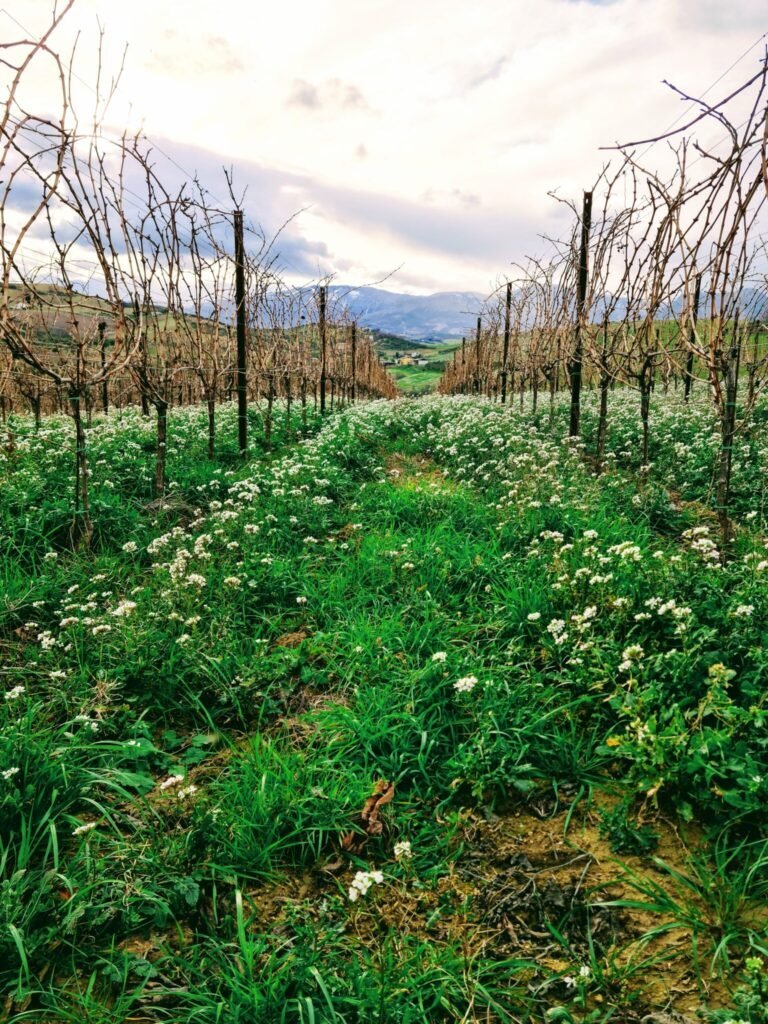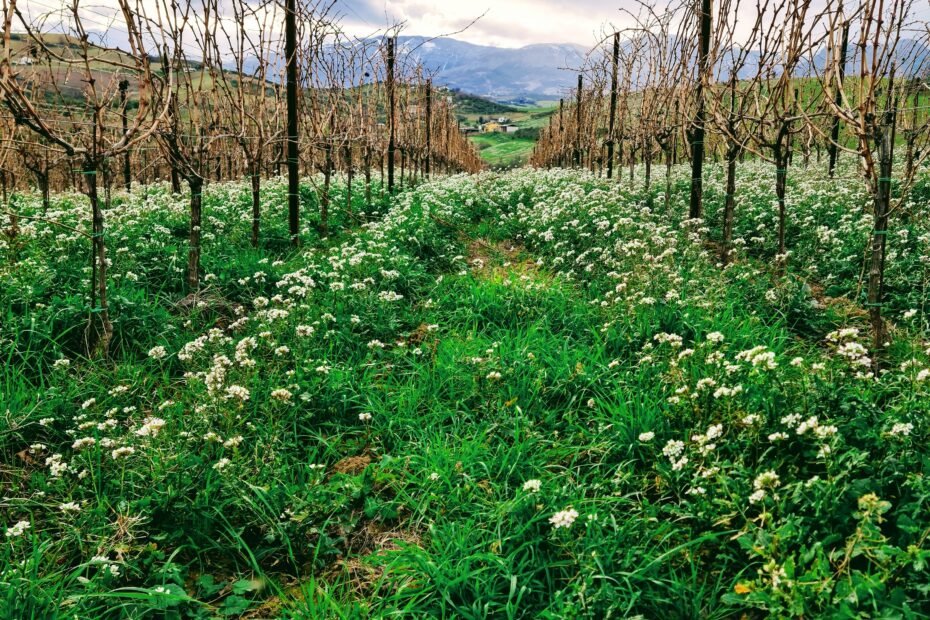THE UNUSUAL MERLA DAYS
For several years now I have no longer felt astonished at the oddities that mother nature has in store for us every season. Unfortunately it is not the first year that I have observed young vine plants sprouting in the middle of winter and all this generates many concerns.

We are in the first days of February in the wonderful Abruzzo, it is almost time to conclude the last dry pruning operations; then there will be the tying of the vine shoots and everything must be ready before winter greets us again to make room for the summer and the vegetative recovery. January was a fairly harsh month, but this year the days of the blackbird did not reserve the traditional “Arctic saber”, on the contrary the clear days were accompanied by a pleasant warmth given off by a sun which by now, like a discordant note, seems having forgotten the right times and, like an orchestra without its master, proceeds in disharmony with the current season. It must be recognized that the winters of recent years have been rather fluctuating both in terms of snowfall and temperatures.
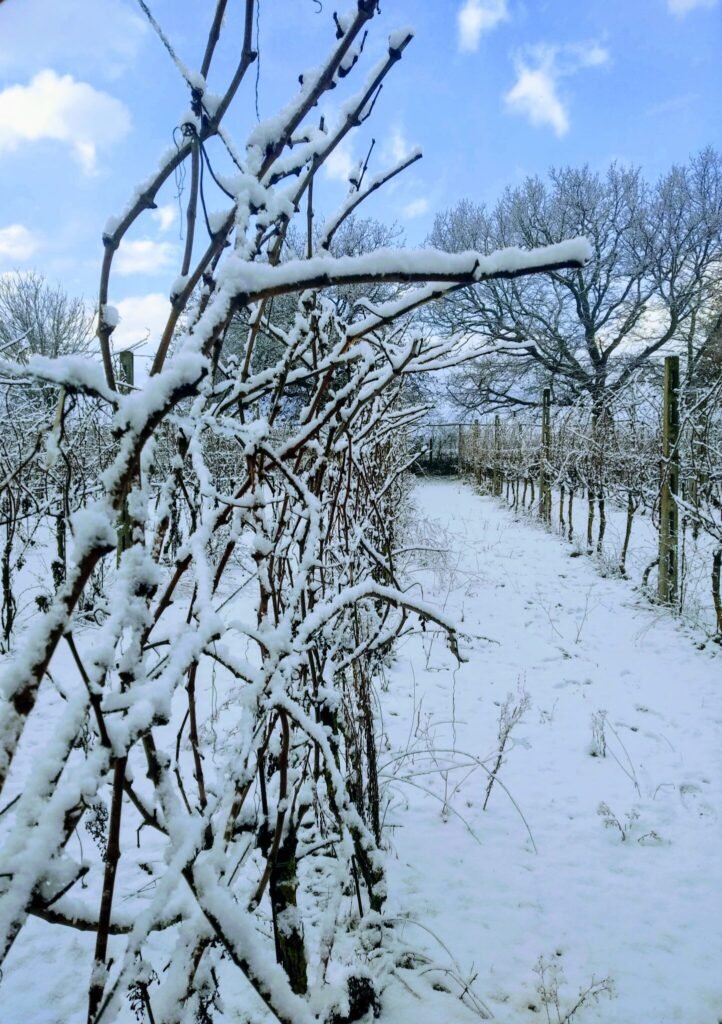
Inconstancy is the most appropriate adjective to describe the now very changeable winter, devoid of its authority, unable to appease mother nature by cloaking her in a white and soft blanket of snow. The morning frost often gives way to a pleasant warm sun towards the central hours of the day. Many times after the passing of a cold and gloomy week another mild and dry week follows, such as to put a strain on the dormancy of the vine plants… and not only that.
The vine needs about 200 hours of cold with temperatures below 7°C to keep the buds dormant and avoid hormonal imbalances during the vegetative restart. Fortunately, in my region there is no shortage of cold, but unfortunately over the years there has been a tendency towards a reduction in the hours of low temperatures overall, throughout the winter period, so much so that that “safety range” of minimum requirement is increasingly reduced to the bone hours of cold necessary for the vegetative rest of the plant. With a little attention, observing the uncultivated fields well, in this period of the year many tufts of wild grasses signal the first signs of the pleasant warmth of spring: weeds!
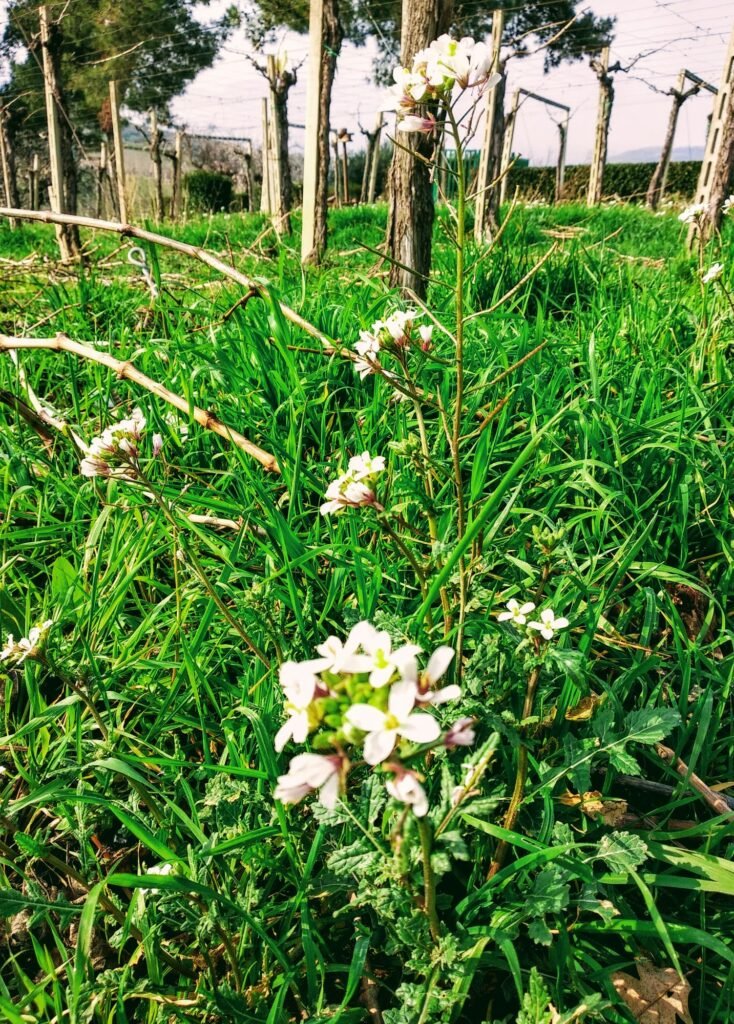
It is already possible to observe the vegetative luxuriance combined with the intense flowering of Diplotaxis erucoides better known as “wild rocket”, very frequent in uncultivated fields or in orchards, easily observed in flowering during the winter especially when the temperatures are not very rigid. There is also the flowering of the much loved Bellis perennis known as the “Common Pratolina”, better known as Margheritina which, in the warmth of the sun’s rays in a mild winter, shines in all its beauty.
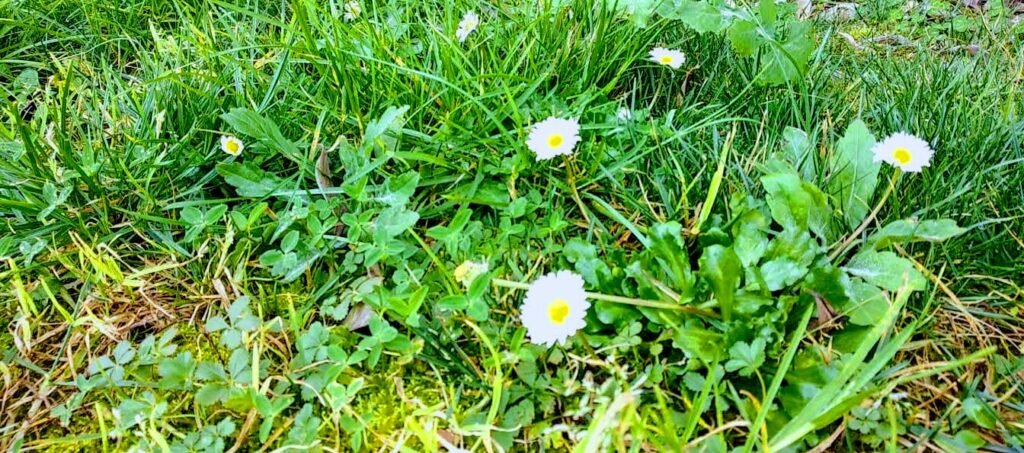
Finally, as my friend Pierlisa, an impeccable biologist, pointed out to me, between one row of vines and another, the celestial flower of the Veronica persica appears, known as the “common Veronica”, so graceful in its soft colors that vaguely recall the flowers of “don’t you forget me”.
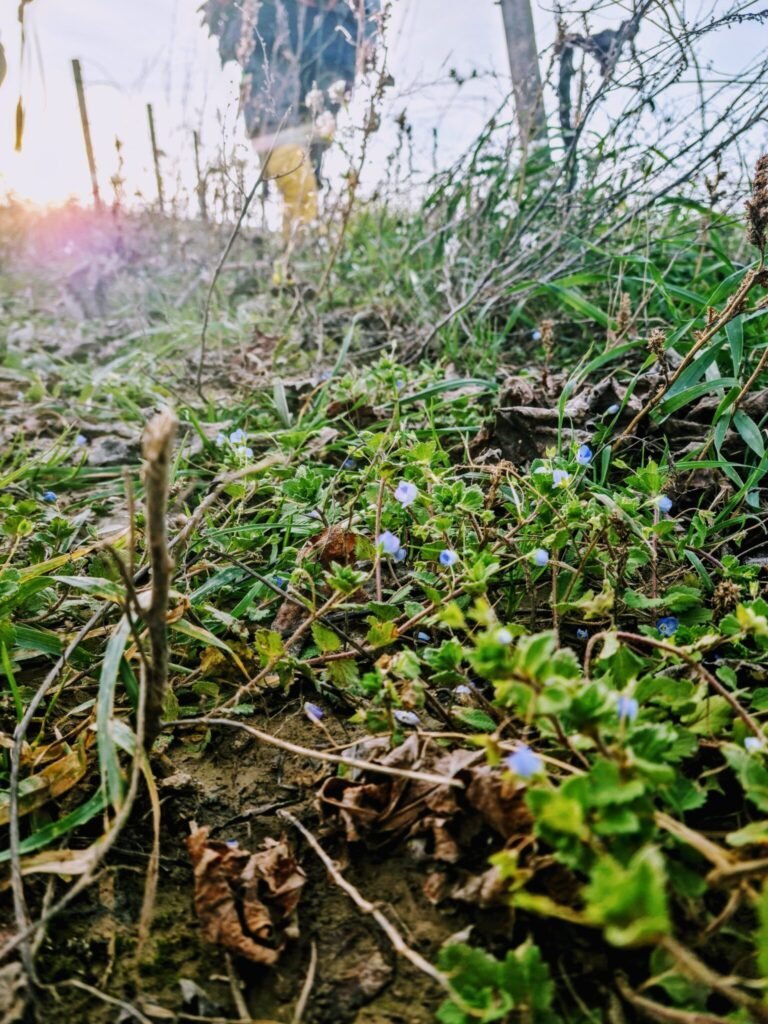
Even if all this seems very idyllic, the observation of this phenomenon requires reflection. The continuous vegetative luxuriance of the weeds that can now be observed in full bloom even during the middle of winter are the reflection of an apparently inappropriate winter climatic trend which unfortunately often heralds an early vegetative recovery of the vine plants, every year by a few more days compared to the previous season and with them also the anxieties of every winemaker.
Winter is not over yet, there are less than two months left until spring arrives and anything can still happen…
